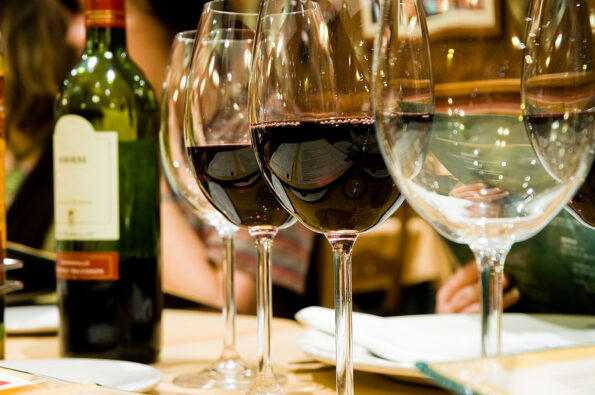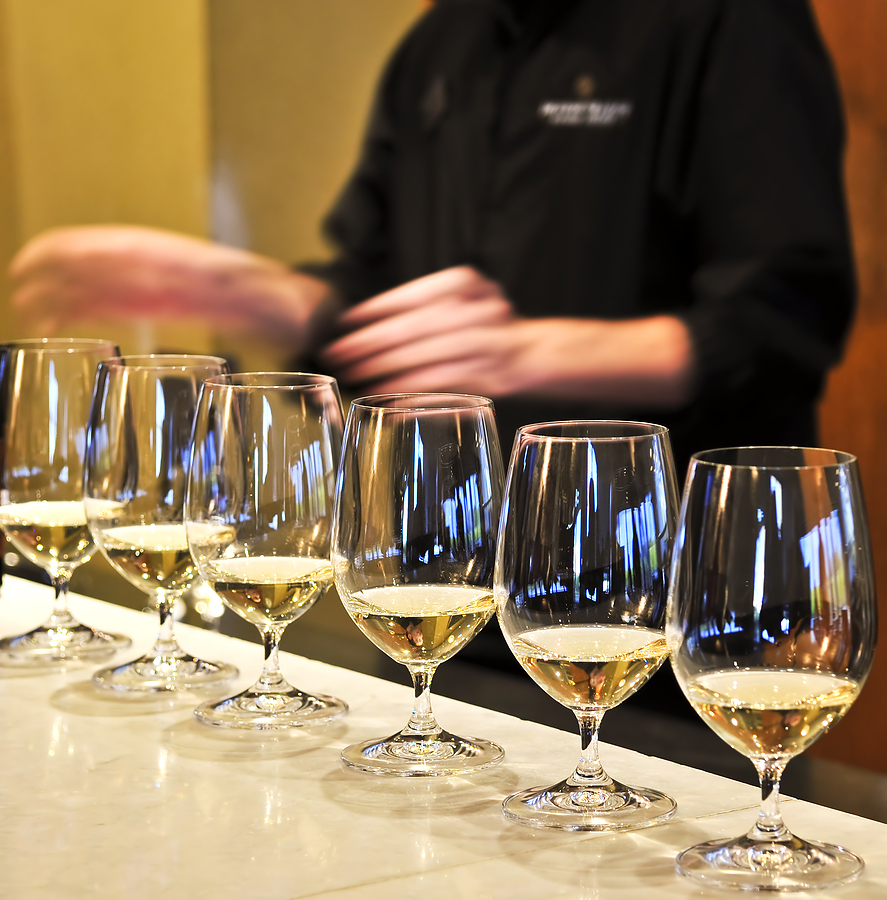As per 2019 data, Texas is the fifth-largest wine-producing state in the US. The Texas Wine Country is one of the most visited wine regions in the US. Medical District, Texas is also home to a number of good wine bars. However, many people who visit the Wine Bar near Medical District, Texas don’t know how to differentiate between wine flavors. Here is a guide to wine tasting that will help you choose the perfect wine for yourself.
What Is Wine Tasting?
Wine testing refers to analyzing wine through glass by different senses like smell, touch, taste, and sight. You can also taste the wine without looking at it. The goal of wine tasting is to examine the flavors, textures, aroma, and wine’s appearance and understand how and where it is made.
The wine tasting experience can happen at different places like a wine tasting room at Wine Bar near Medical District, a tasting event, a wine bar, or a private tasting event with a producer in their wine cellar. The wine tasting experience can also occur at home in a quiet, comfortable, and distraction-free environment.
Elements of Tasting Wine
According to recent data, Texas has around 42 Vitis grape vine family members, of which 15 are native to the State. The varieties of a grapevine in Texas are greater than any wine-growing region of the world.
Whether tasting wine alone at home for your enjoyment or tasting wine with a group, you need to think about wine quality at a wine tasting event. The wine is judged on a scale from poor quality to outstanding, and some of the benchmarks between both extreme ends are acceptable, good, and very good.
Some wine tasting experts also use James Suckling’s 100-point scale, an ideal numerical scale to rate wines. It would help if you wrote down conclusions to remember how a particular wine tasted. Wine tasting experts mention the most expensive wine might not be the best wine and the best wine generally depends on your taste.
How to Taste Wine?
Texas has around eight American Viticulture Areas. Six types of grapes are grown in the State, including Vitis vinifera, Muscadines, French X American hybrids, rootstocks, American varieties, and native species. The recent data mentions that Texas has more than 400 wineries, and 99% of the wineries use Vitis vinifera grapes. Here are some steps you need to follow when tasting wines.
- The wine glass used for tasting should be large enough to swirl a 1.5 ounce of wine.
- You need to take short breaths through your nose and breathe out through your mouth to capture wine’s aroma.
- The first sip of the wine is important as it will give you the most information. So pay attention to your first sip and the taste you get.
- Don’t swallow your tastes. Instead, spit the wine in your mouth as it will help to keep your tasting senses sharp.
When tasting the wines, keep a notepad with you. Note down how the wine impacts your senses. Here are a questions to help you get started in analysing the wine:
- How does the wine taste?
- How does it smell?
- What is the texture of wine in your mouth?
- What is the overall impression of wine on your mind?
You can assign numerical values or grades to all four categories mentioned above and then add the scores to get a final score.

How to Evaluate Wine Based on Aroma?
The smell of wine should be used to determine whether the wine is sound. If the wine smells like wet cardboard, avoid drinking it. It would help if you looked for fruit aromas in the wine.
- For red wines, think of fruits like pomegranate, strawberry, cranberry, raspberry, red cherry.
- For white wines, think of fruits like lemon, lime, tangerine.
How to Evaluate Wine Based on Taste?
Taste and aroma are linked together. Hence, you need to check for similar and different flavors on the palate. Acidity, alcohol, tannin, and sugar make the wine’s structure, and you will find them at different scales, from light to full. Good wine has these elements in different proportions.
- Dryness- Is the wine completely dry, or can you taste some residual sugar in it.
- Alcohol- the alcohol content gives you a warming sensation; the higher the alcohol content, the warmer you feel.
- Tannin- It is more relevant to red wines. Grape varieties like cabernet sauvignon have a more astringent and bitter quality.
- Acidity- Lower acidity renders wine a rounder feel. Higher acidity will make your mouth water.
The quality of the wine is determined by how long the wine’s flavors last in your mouth. The wine’s complexity can be helpful to determine the age and quality of the wine. Old wines tend to have more layers of flavor.
To sum up, wine tasting is a meticulous art, and it will take time to perfect this art. When tasting wines, you need to pay attention to the structural elements and aromas, and when you find they come together in perfect harmony, you have found the best wine.
Image Source: BigStockPhoto.com (Licensed)
Related Categories: Booze, Reviews








